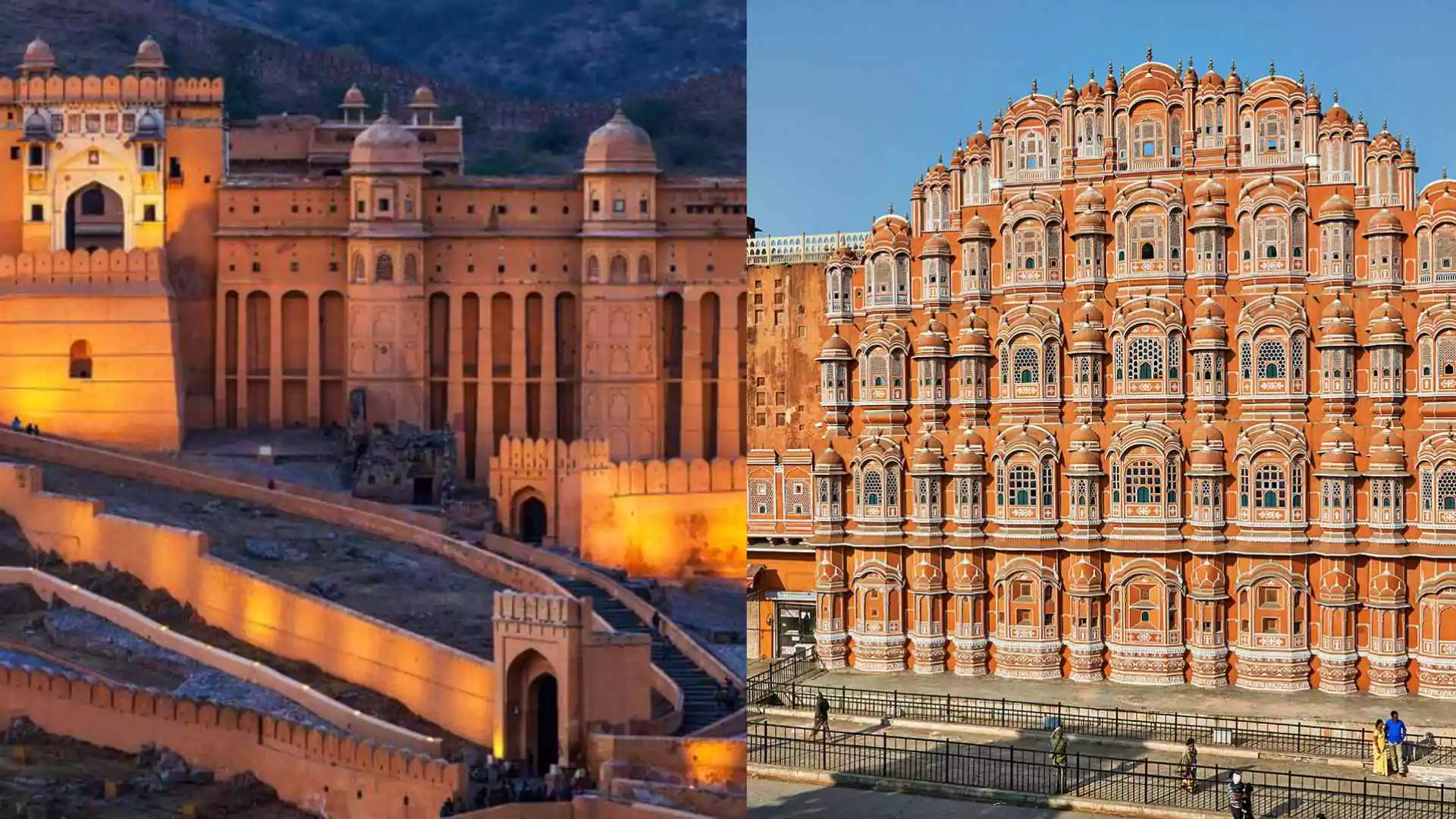Maha Kumbh, Largest Religious Gathering in World, Kumbh mela,
The Maha Kumbh, the largest religious gathering in the world, began on Monday as millions of devotees braved the biting cold to take a sacred dip in the Sangam. The event, a monumental display of spirituality and devotion, is expected to attract an astounding 40-45 crore people over the next 45 days.
Economic Impact of The Largest Religious Gathering in World
The scale of the Maha Kumbh is not just a religious phenomenon but also an economic powerhouse. The event’s budget is estimated at Rs 6,382 crore, with the state anticipating a revenue generation of approximately Rs 25,000 crore. However, earlier statements by the Uttar Pradesh government have suggested that the total economic impact could be far greater, with projections of up to Rs 2 lakh crore in revenue during the 1.5-month duration of the event.
Awanish Awasthi, advisor to Chief Minister Yogi Adityanath and former IAS officer, provided further insight into the potential economic scale. “The worth of this financial activity could be an underestimation of the actual figure. If one pilgrim spends Rs 8,000 during the Mahakumbh, the number could cross Rs 3.2 lakh crore, based on the expected footfall,” he stated.
Projected Earnings from the Maha Kumbh Mela
Vijay Anand, Kumbh Mela Nodal Officer, echoed similar sentiments, highlighting the significant financial opportunities arising from the event. “The Uttar Pradesh government is expected to generate over Rs 25,000 crore through taxes, rentals, and other charges related to the Kumbh,” Anand remarked.
However, the broader financial transactions at the site are expected to be even more substantial. “The total financial transactions at the mela site are anticipated to range between Rs 2 lakh crore and Rs 3 lakh crore,” he added. Small-scale vendors, such as rickshaw pullers, flower sellers, boat operators, and hotel owners, are expected to contribute significantly to the local economy, creating a massive economic boom for the surrounding areas.
Trade and Economic Activities Around Maha Kumbh Mela
The Confederation of All India Traders (CAIT) has also endorsed these estimates. According to CAIT Secretary General Praveen Khandelwal, “Mahakumbh will witness large-scale economic and trade activities. With an average expenditure of Rs 5,000 per person during religious travel, the total spending will exceed Rs 2 lakh crore. This includes spending on hotels, guesthouses, temporary accommodations, food, religious items, healthcare, and other services,” Khandelwal told ANI.
The BJP government in UP has launched 549 projects for the Maha Kumbh, covering areas from infrastructure to sanitation, with a total budget of Rs 6,990 crore. This is in contrast to the 2019 Kumbh Mela, which had 700 projects costing over Rs 3,700 crore. Officials project that the event will generate Rs 25,000 crore in revenue, with an overall economic impact of Rs 2 lakh crore on Uttar Pradesh’s economy.
Historical and Mythological Roots
The origins of the Kumbh Mela are deeply rooted in Hindu mythology. The festival commemorates a celestial battle between gods and demons over a Kumbh (pitcher) of nectar that emerged from the churning of the ocean. During the fierce battle for immortality, a few drops of nectar are said to have fallen in four cities—Prayagraj, Haridwar, Ujjain, and Nasik.
This battle, which lasted for 12 celestial years (equivalent to 12 years on Earth), led to the establishment of the Kumbh Mela, which is celebrated every 12 years in each of these cities. An Ardh Kumbh, or half Kumbh, is held midway between the full festivals.
Also Read: Maha Kumbh Mela 2025: What is Amrit Snan And Why Does It Matter? Check Full Schedule Of The Holy Dip






















